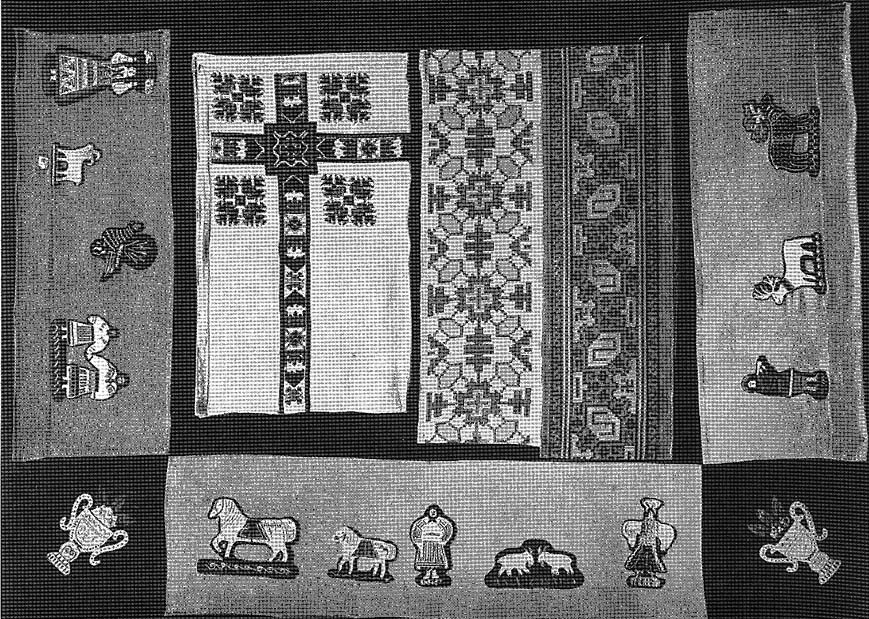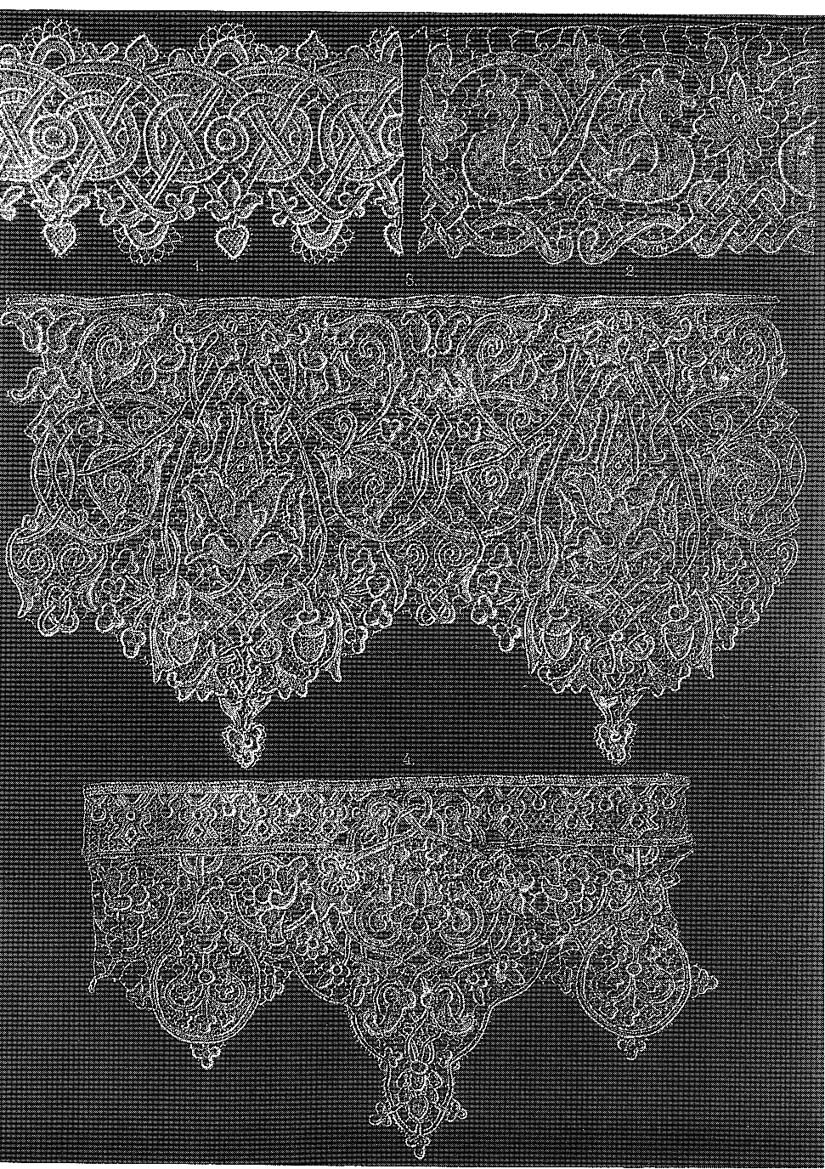About
Russia:The Late Imperial Era
as pertinent to The
Cherry Orchard by Checkhov
The time in which Checkhov lived was full of turbulent changes and undercurrents of hostility. The music of Tschaikovsky was becoming popular, Paris was the rage, and politics was shaky.
From 1881 to 1894, Alexander III was czar of Russia. His father, Alexander II had emancipated the serfs in 1861 and was in general a very liberal despot. Unfortunately, he was killed by Nihilists which added to the autocratic, but not reactionary, ways of his son Alexander III. Alexander III emphasized Russianization by promoting Russian in the German speaking states and helped industrialize the country. After his death, Nicholas II took the throne where his wishy-washy politics made his reign the prime time for a large rebellion.
Socially in turmoil, the turn of the century was a time when change was not only imminent, it was impossible to avoid. Some peasants were able to work their way up the social and economic ladders, while others were not so fortunate. many aristocrats were losing money because what had once been free labor now had to be bought. The redistribution of wealth due to the freedom of the serfs combined with a political climate that was less than friendly made for an explosive end in the Revolution of 1905 and later in 1917 especially.
For more information on Russian History, visit the following sites:
Overview of the Russian Monarchy
Russian National Tourists Office History Pages
Yale's Avalon Project: Lectures on Culture and Law of Russia
Here are some peasants
drinking and playing the balalaika. Perhaps Lopakhin grew up
among such gatherings.
This is a portrait of Olga Orlova by Valentin Serov made in 1911, aristocracy in its final days.
Here
are two examples of needlework of the time. The first is
embroidery that might be found in a nursery. The second is some
lace that the aristocracy might wear as trim.
 |
 |
HOME / Architecture / Props and Costumes / 1st Performance / Other Productions / Checkhov